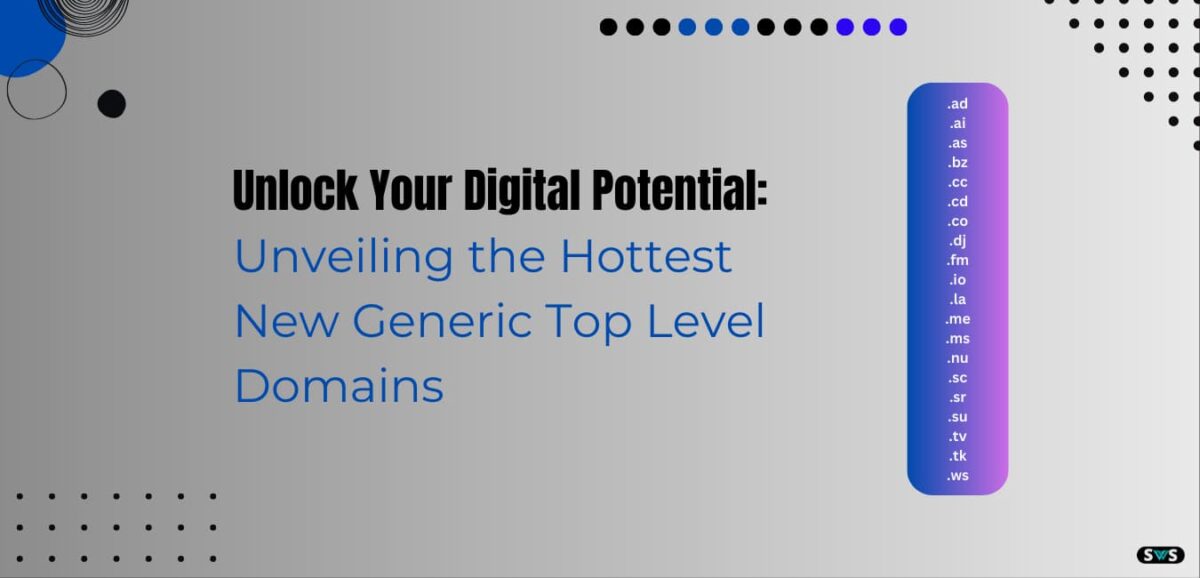Reading Time: 4 mins 15 sec
In this article, we are discussing what are some tips for analyzing a google search traffic drop.
If you notice a drop in your Google search traffic volume, I’ll talk about how to quickly figure out what’s causing it.
After that, I’ll give some advice on how to use the performance reports from Google Trends and Search Console to analyze downtrends.
Data visualization can be extremely effective when it comes to monitoring search traffic and finding spikes and slums, as I covered in a previous episode.
Let’s say you’re enjoying your coffee one morning when you glance at your dashboard and see that your Google search traffic is down.
what should you do? [magic wand sound] Luckily, you found this video.
Today I will be discussing the primary reasons for the decline in organic traffic.
When you have a better understanding of what’s happening, it can help to shift your mindset from observation to exploration.
Then I’ll give some advice on examining the overall trends in your industry and your search traffic patterns.
Read This: How To Show Favicon In Google Search
What Are Some Tips For Analyzing A Google Search Traffic Drop?
I have drawn some examples of drops and what they could possibly mean.
Start with the chart in the upper left corner.
1. Technical issues (site-level)
Technical issues may prevent Google from indexing, crawling, or serving your pages to users. Your website may be down due to a technical issue at the site level. Then, not only the search, but the overall traffic will come down significantly. Manual actions take place when your website violates Google’s rules. It is possible to manually cause certain pages or entire websites to appear lower in Google search results.
2. Technical issues (page-level)
You can see page-level technical issues in the bottom-left chart. For example an unexpected no index tag. This issue will cause a slower drop in traffic than site-level issues because Google’s ability to crawl the page is at risk. Additionally, Google continually refines its algorithms to reflect these improvements in content evaluation. For example, major updates may eventually change how well some pages perform in Google searches. Usually, there will not be a sudden drop. Search interest disruption is another factor that can cause a gradual decline in traffic. Sometimes a change in user behavior, due to a new fad or a significant change in the nation you’re visiting, will change the demand for particular queries. As a result, only external factors can reduce your traffic.
3. Seasonality
You can see the seasonal effect in the top-right chart. They can be caused by a variety of factors, including climate, special occasions, or holidays. They are often repeated and occur on a regular basis, such as every week, month, or quarter.
4. Reporting glitches
Reporting errors can be seen in the bottom-right chart. In general, it’s possible that a major change you see soon after a return to the standard is just a small bug. We often add chart annotations to let you know when this happens.
Read This: Protect Your Website Content From ChatGPT
Analyze your Search traffic drop pattern
By reviewing your Search Console performance report, which compiles a lot of data, you can determine what happened to your traffic.
You can learn a lot by looking at the shape of the line.
Here are a few things to try when viewing the Search Performance report.
Include 16 months in the range of dates.
This will enable you to contextually analyze the drop in traffic and rule out the possibility that it is simply a trend or the result of a holiday.
You can export and archive data over time to view over 16 months’ worth of data.
Compare the drop period to a comparable time frame, such as the same month or day in the previous year.
You can use this to determine the exact change.
Be sure to select the All tab to determine whether the modification applies only to queries, pages, nations, devices, or a subset of search performance.
Make sure the days you’re comparing are comparable, ideally on the same day of the week.
Separate your analysis of different search types.
You can use this to determine whether the reduction has only affected the Search, Google Images, Videos, or News tabs.
Investigate overall trends in your industry
If your country or industry changes significantly, people may start searching with different terms or use their devices for different purposes.
Additionally, if you sell a particular brand online, a new competing item may dominate your search terms.
Google Trends provides access to a sizable unfiltered sample of actual search requests made to Google, making it possible to analyze broad trends in web, image, news, shopping, and YouTube searches.
You can also break down the data by country and category, to make the data more applicable to your website audience.
Check to see if there is a significant decrease in the search terms that bring visitors to your website at different times of the year.
For example, questions related to food are often seasonal.
People search for “diet” in January, “turkey” in November, and “champagne” in December.
Different industries experience seasonality to varying degrees.
This is a subject that I have already written about.
Now that you know how to create a monitoring dashboard and what to do if you detect a decline in Google Search traffic, you’re off to a solid start.
Read This: What The New Google Guidelines For Content Produced By AI Suggest For SEO
Conclusion
In this article, we are discussing what are some tips for analyzing a google search traffic drop.
I’m sure you can get your exact answer.
Now that you know how to create a monitoring dashboard and what to do if you detect a decline in Google Search traffic, you’re off to a solid start.
If you like this article please share and comment.
Article Source: Google
Read Also
- Top 65 Technical SEO Interview Questions And Answers
- Does Bold Text Help SEO
- How To Create The Perfect H1 Tag For SEO
- Google Announces Five Changes Coming To Mobile Search
- Benefits Of Using Semrush
FAQ
How do I see traffic drop in Google Analytics?
You can check to see if your high-volume keyword search rankings have dropped by going to the “Search Analytics” tab in your GWT account. If you notice a drop in ranking for your high-volume keywords, it could be the reason for a drop in organic search traffic to your website.
Why is my Google traffic dropping?
Recent changes in search algorithms are often responsible for a sharp drop in website traffic. Penalties, redirects, and wrong bots. Other reasonable explanations for the drop in website traffic include text rules and ranking loss.
What is drop in Google Analytics?
Flow reports in Google Analytics have a drop-off indicator. This is what happens when a user exits the flow you’re seeing. This usually indicates that a user’s objective was not achieved, such as making a purchase or subscribing to an email newsletter.
What are tools that can help you diagnose traffic drops?
Google Search Console
This is especially helpful if you know the drop in organic traffic is due to a drop in Google traffic, but if you know another search engine is to blame, find an equivalent tool, such as Bing Webmaster Tools or Yandex Webmaster Tools See.



